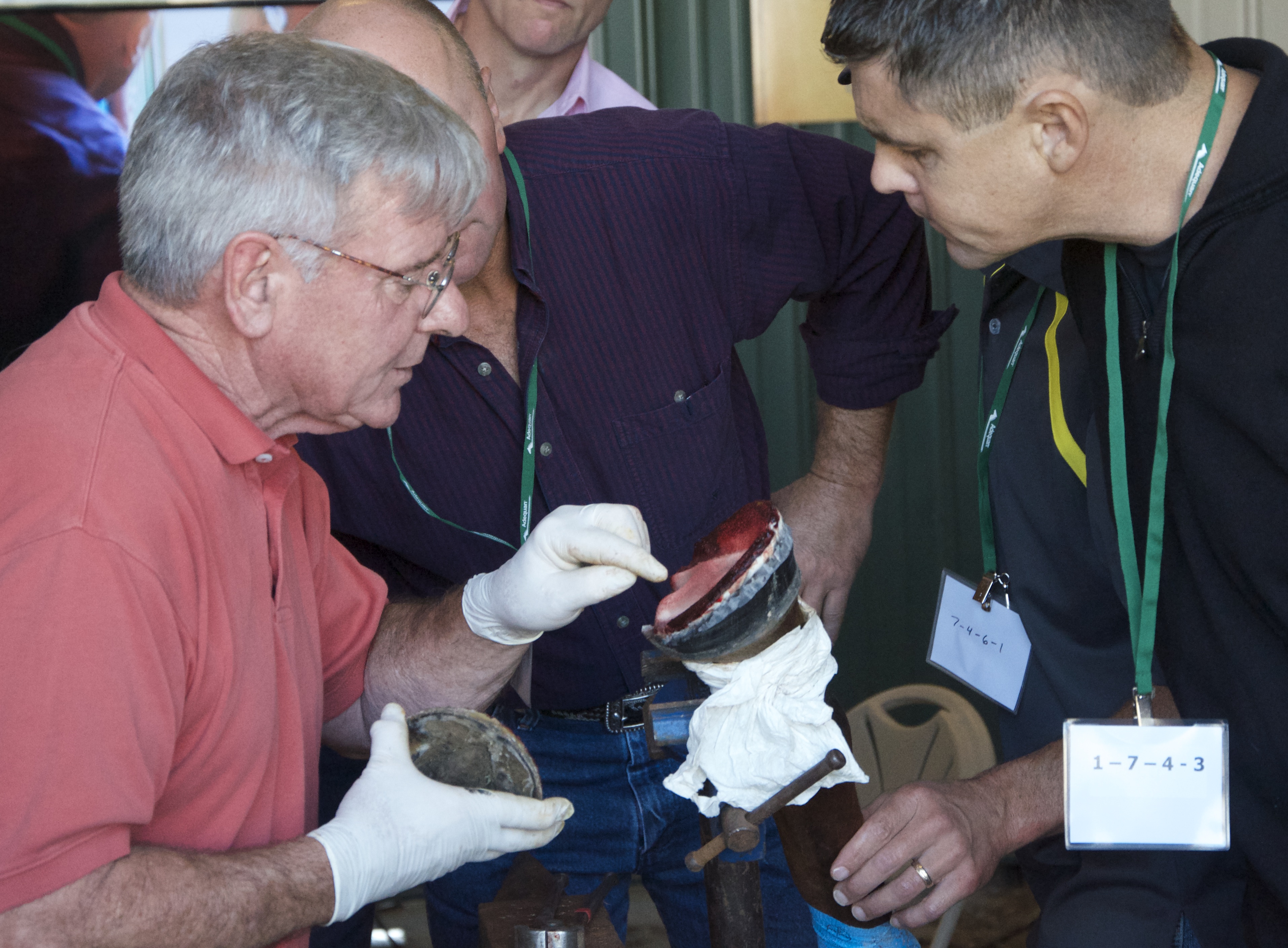Trimming a horse’s foot and nailing on a shoe aren’t the only duties of a farrier — it’s about ensuring that the hoof is healthy, comfortable and can perform optimally.
“As farriers, we trim the horse’s feet, and when we do it correctly, we make the horse move more easily, run faster and with greater ease,” Mike Savoldi told attendees at the Northeast Association of Equine Practitioners Symposium in Norfolk, Va. “But an incorrectly trimmed hoof can be devastating to the horse’s health."

Understanding the position of the coffin bone in relation to the ground is critical to correctly trimming a horse’s hooves, says Savoldi, who is director of the Equine Research Center in Shandon, Calif.
“The position is determined by the internal structures of the hoof — the various components that make up the arches of the hoof,” he says. “As farriers, we have the ability to determine the relationship of P3 within the hoof capsule and stop wear to the hoof that otherwise sets P3 in a less than optimal state.
“Learning about the internal structures of the hoof capsule, the angles of the arches that comprise the support system and the external signs of pathology will help you better serve the horses in your care.”







Post a comment
Report Abusive Comment